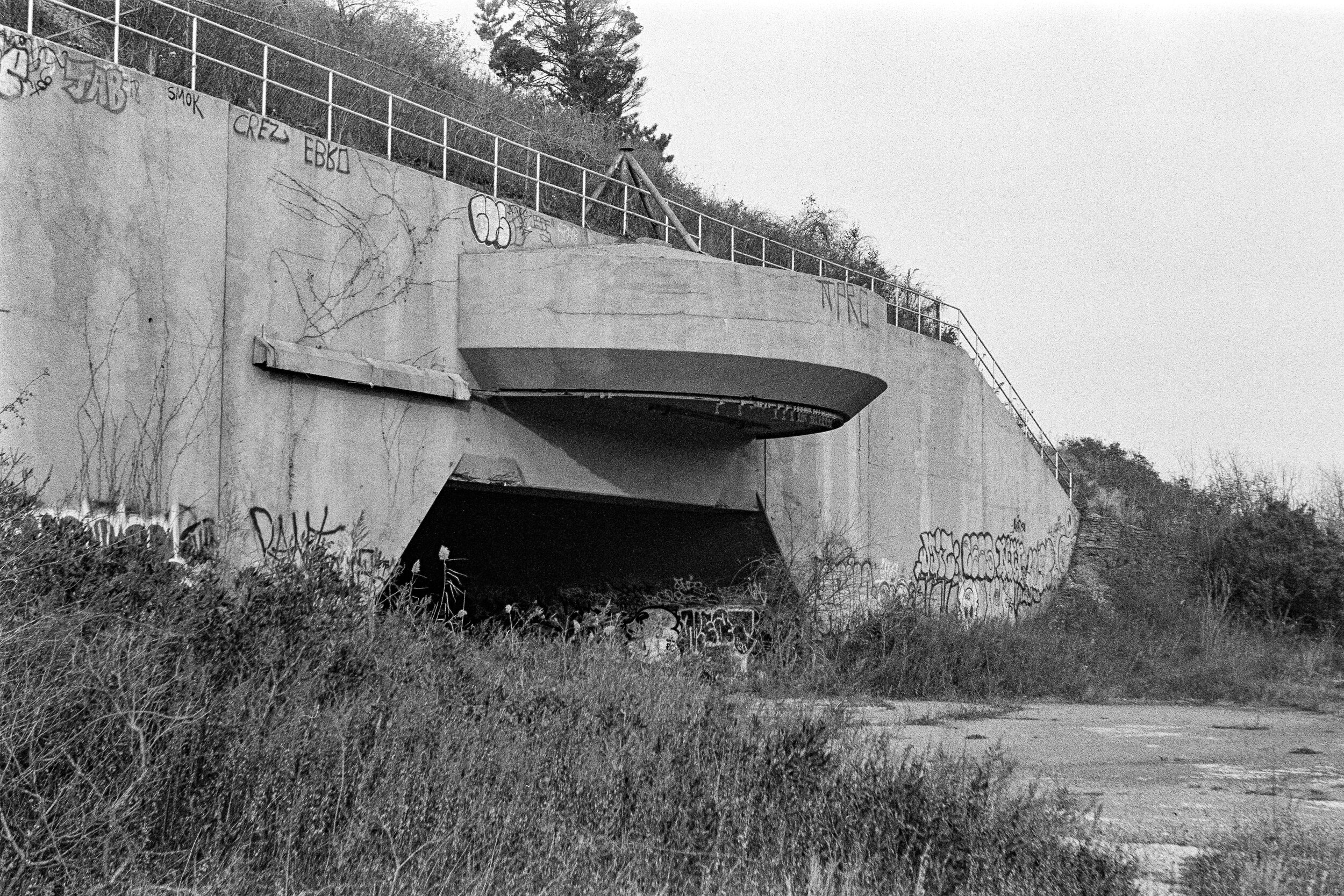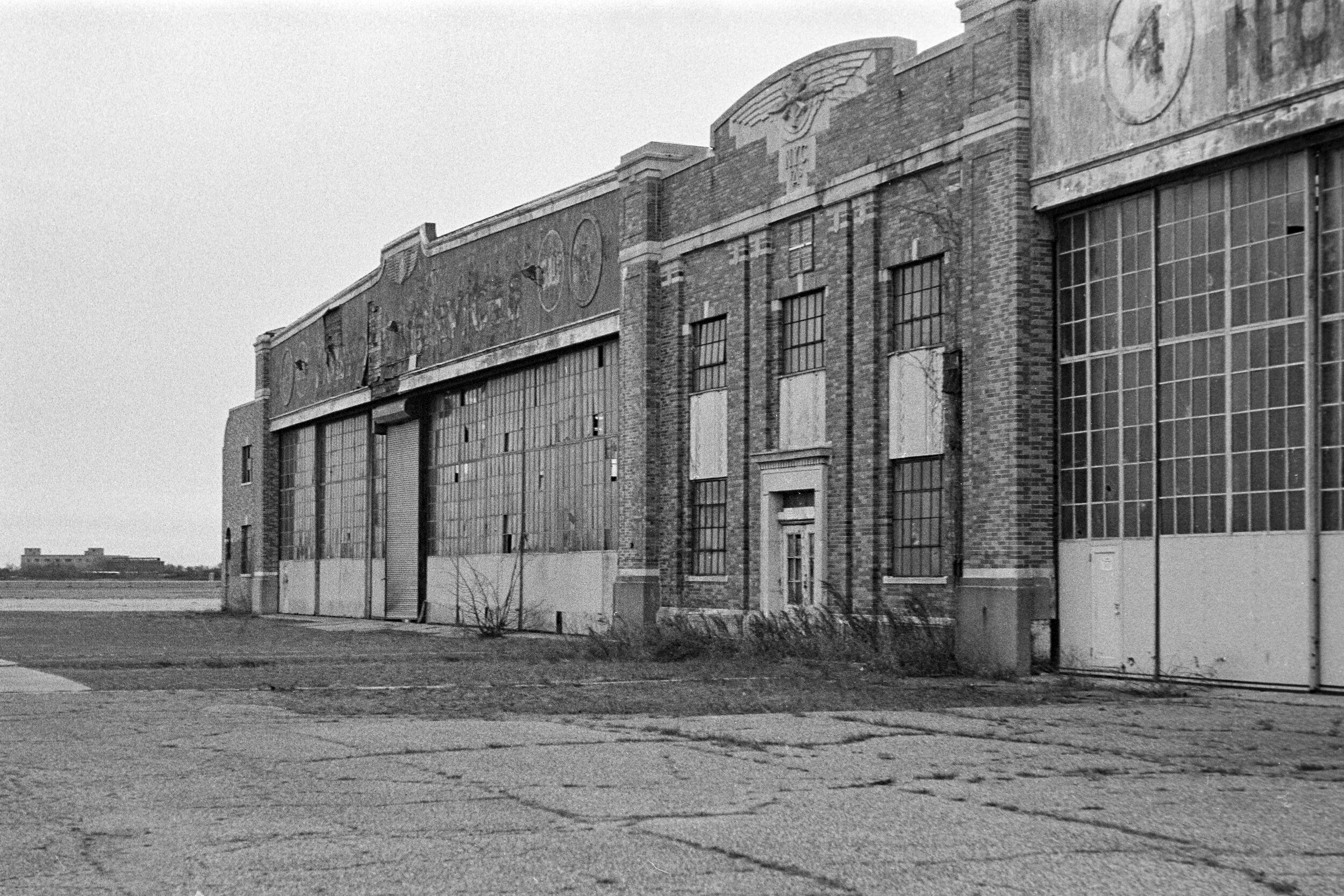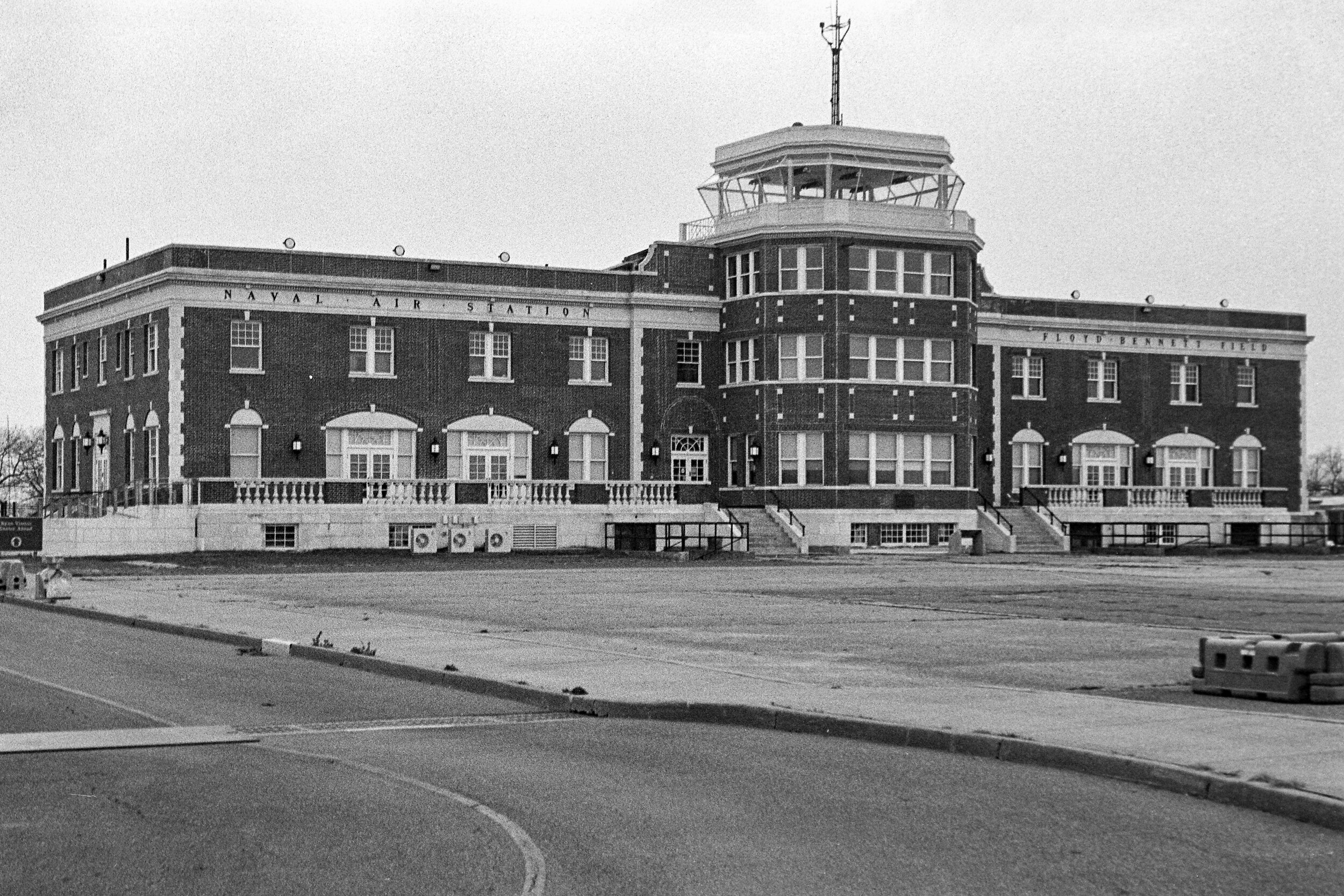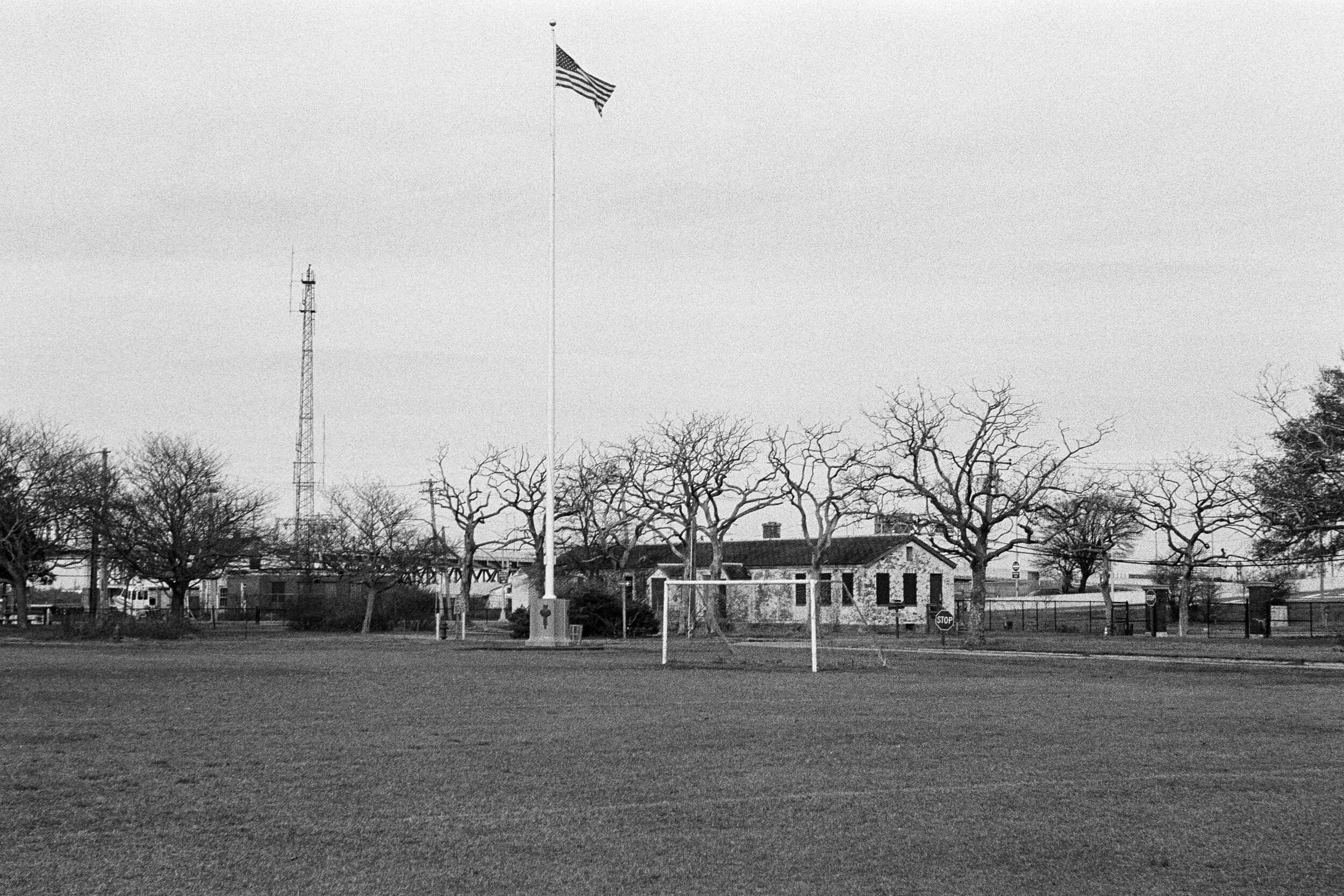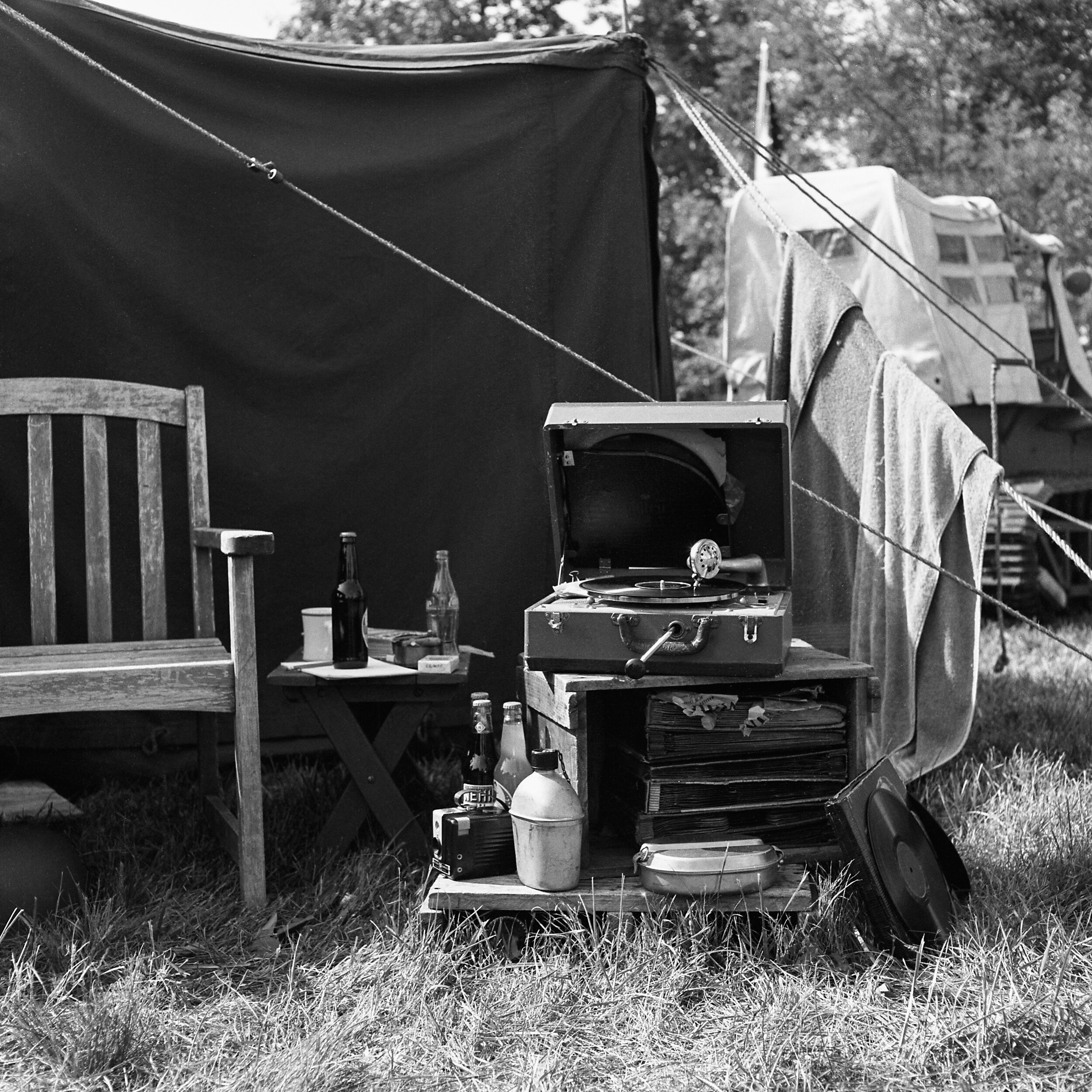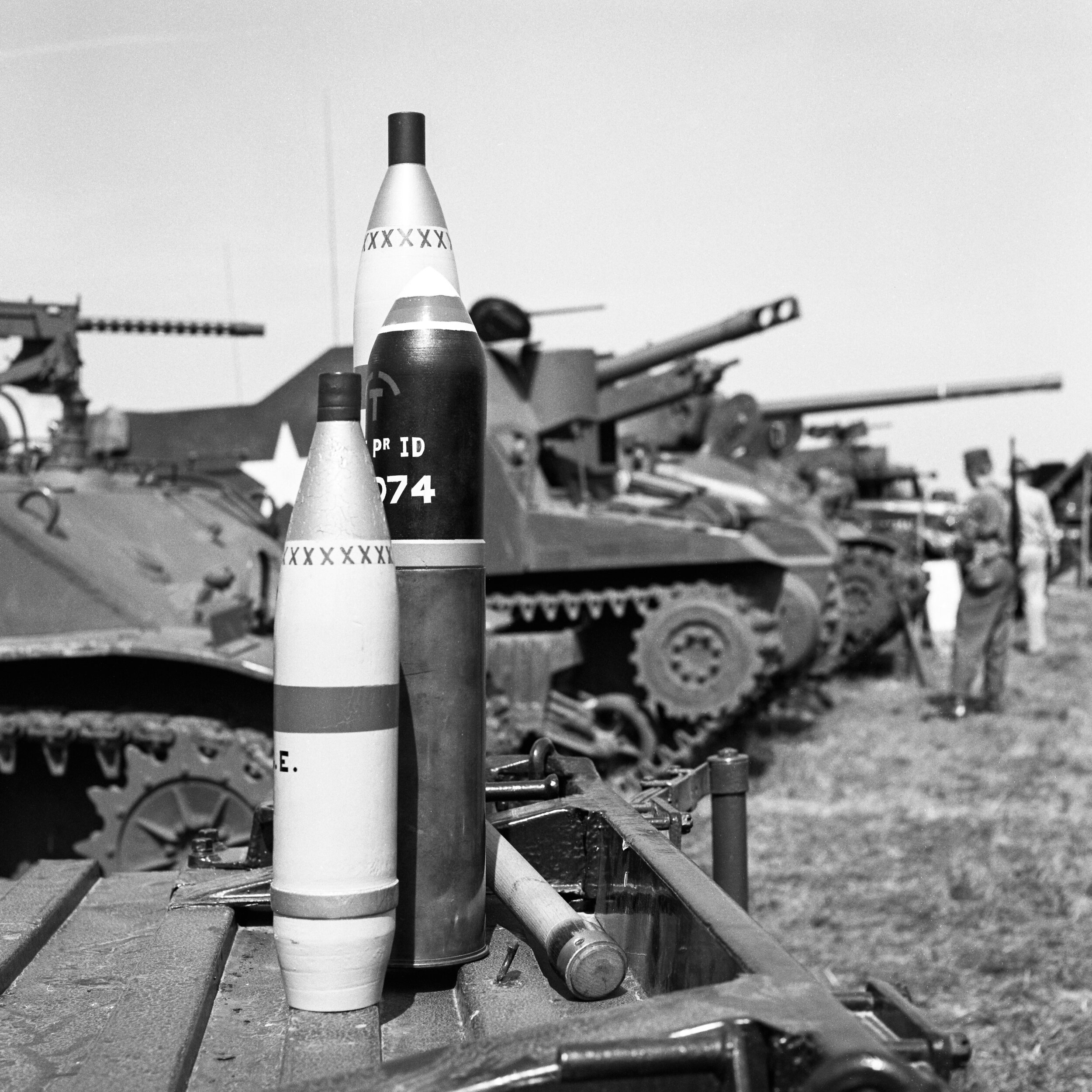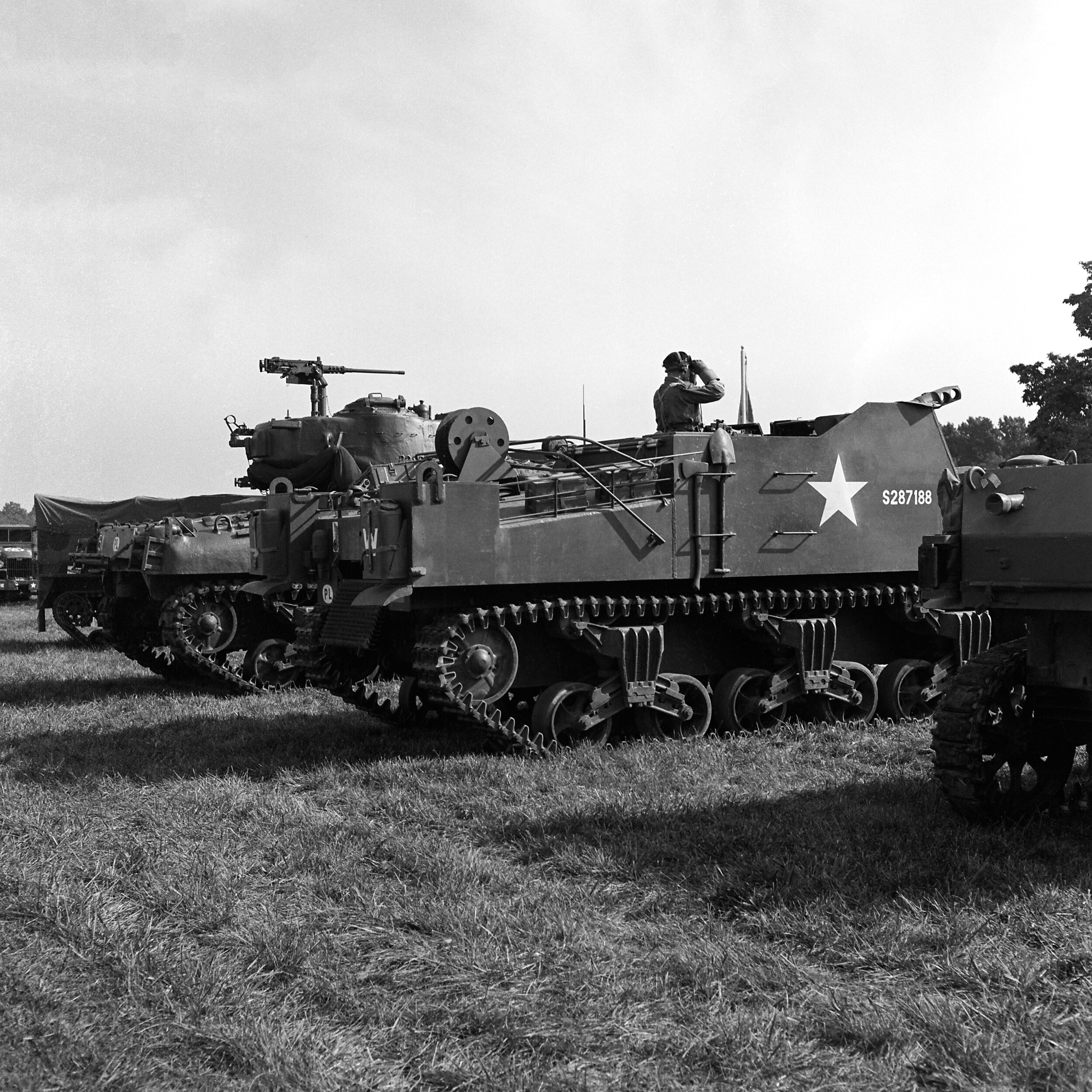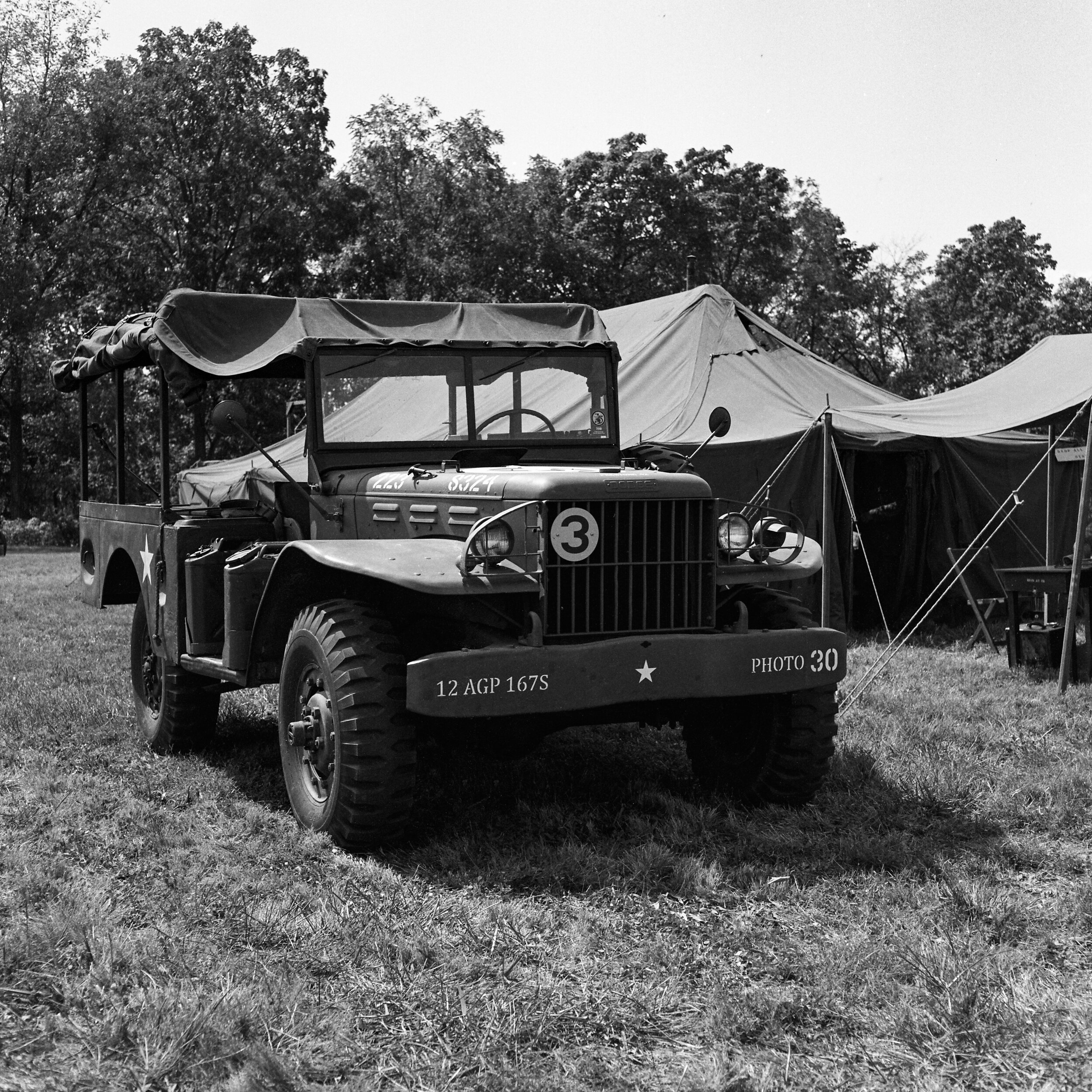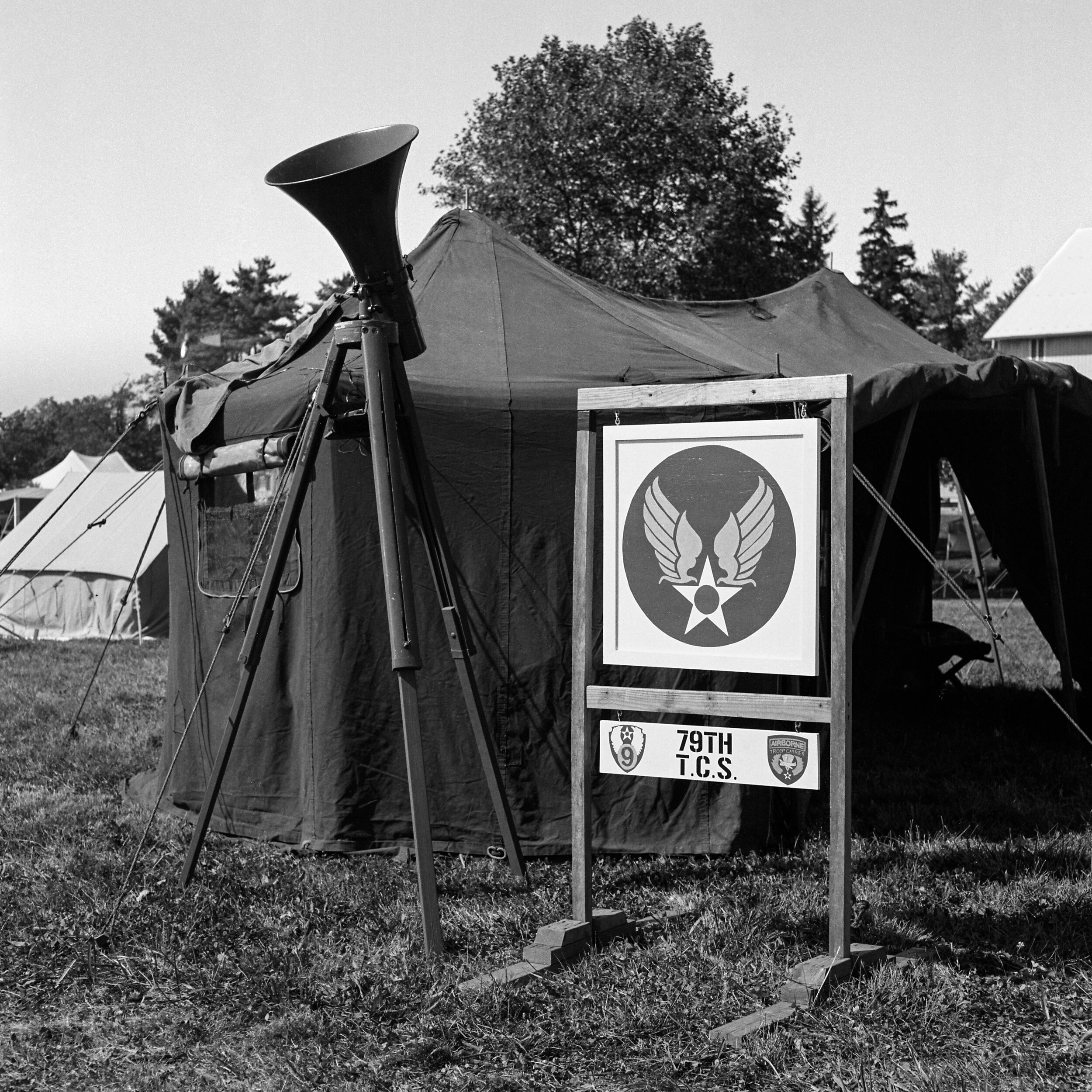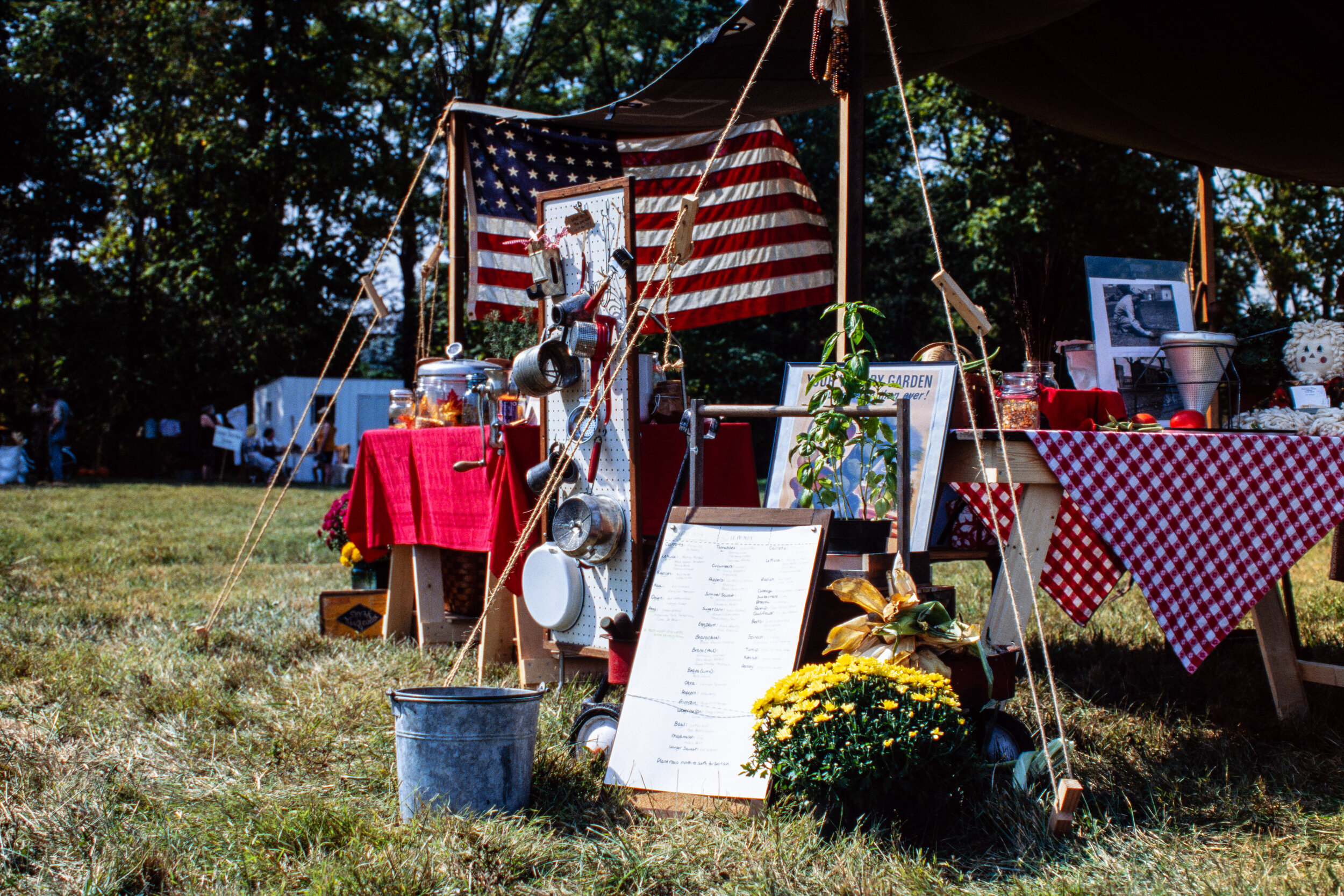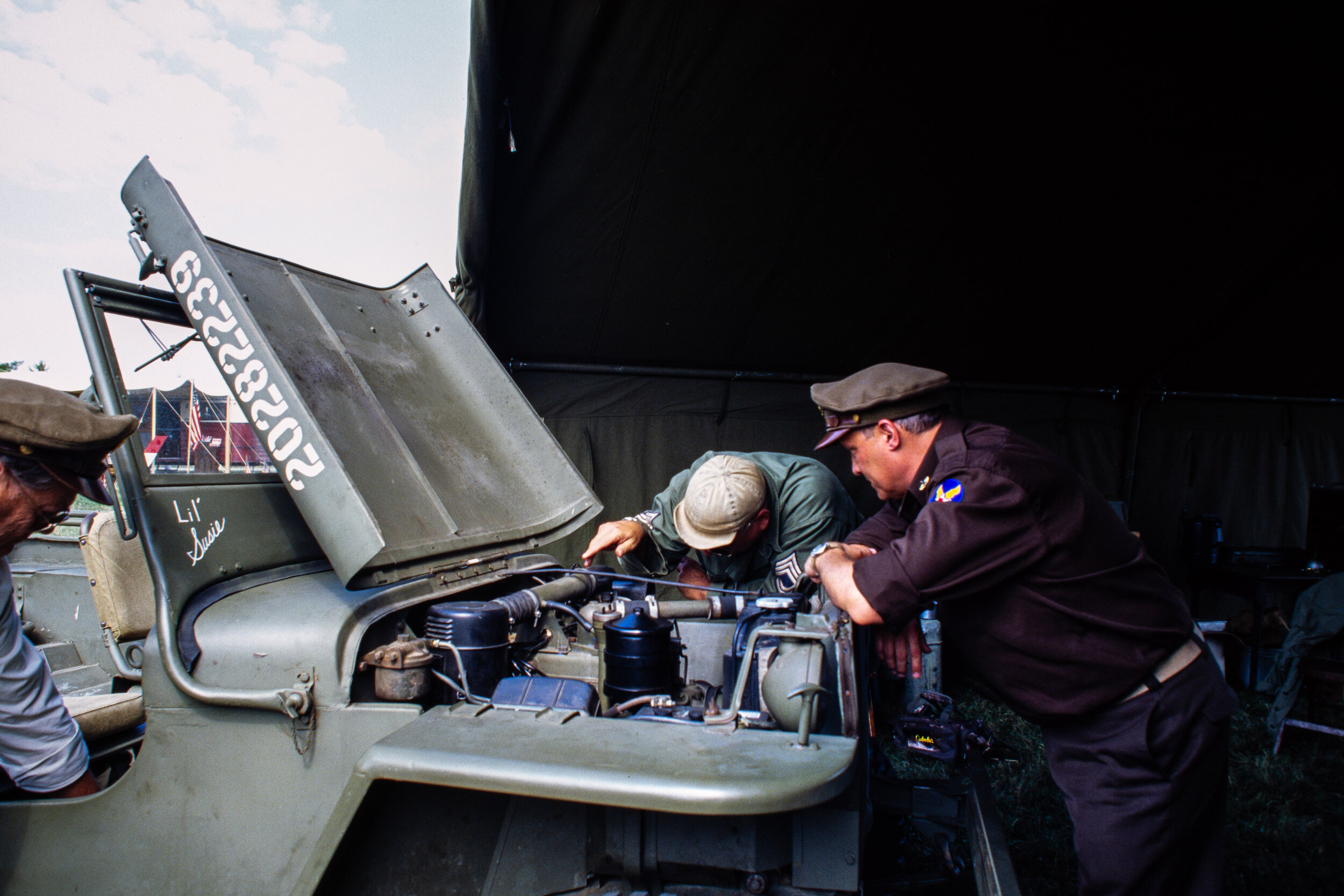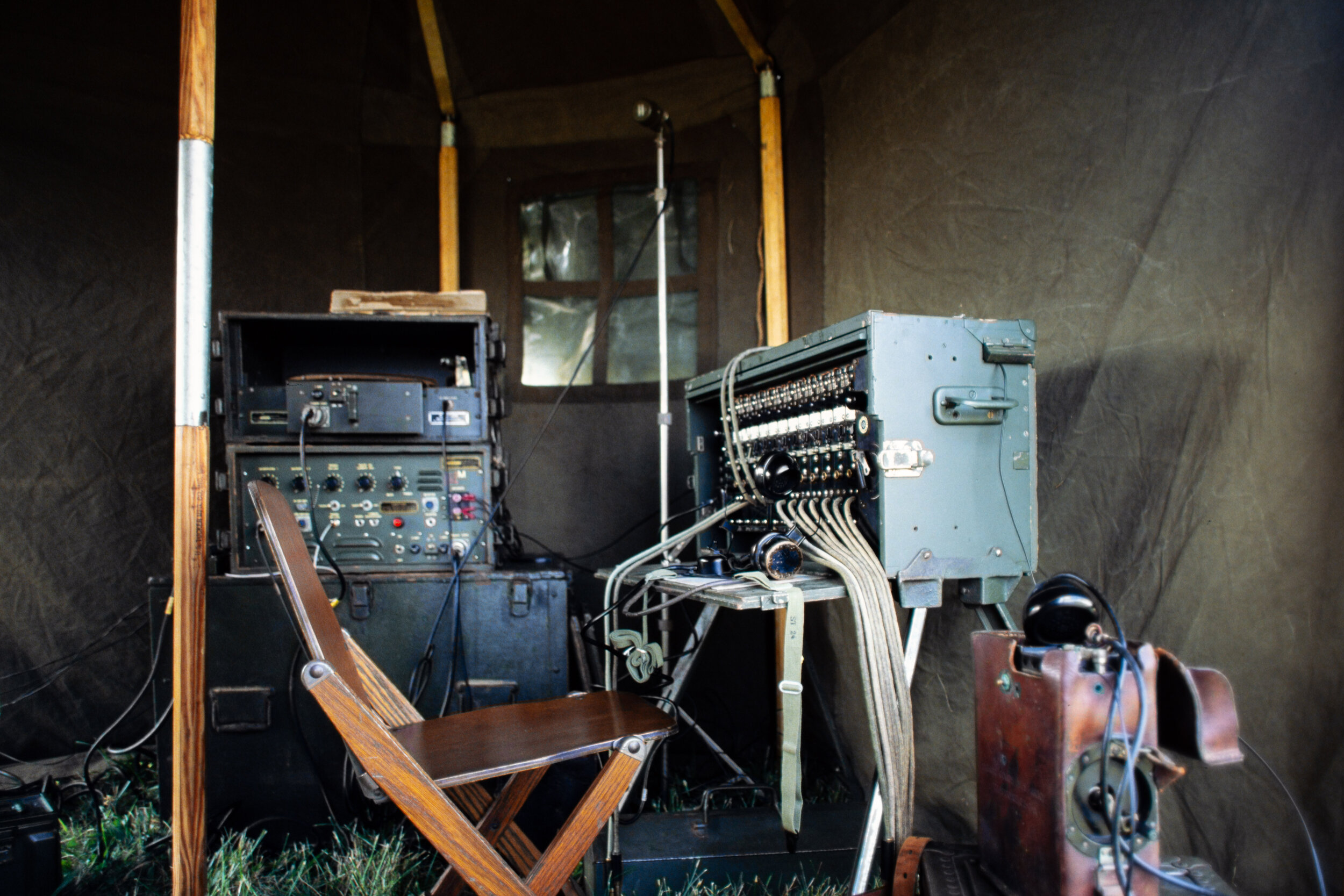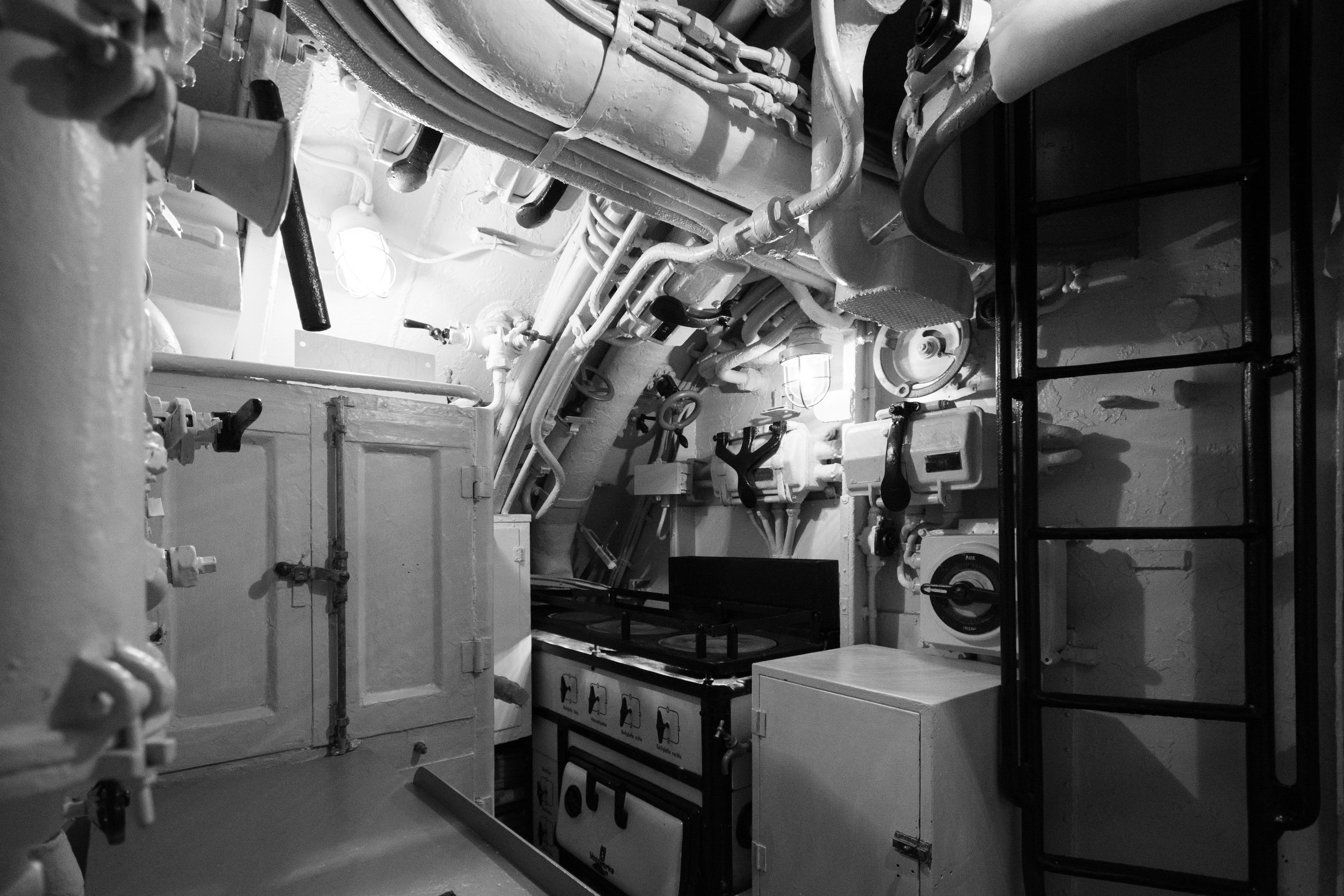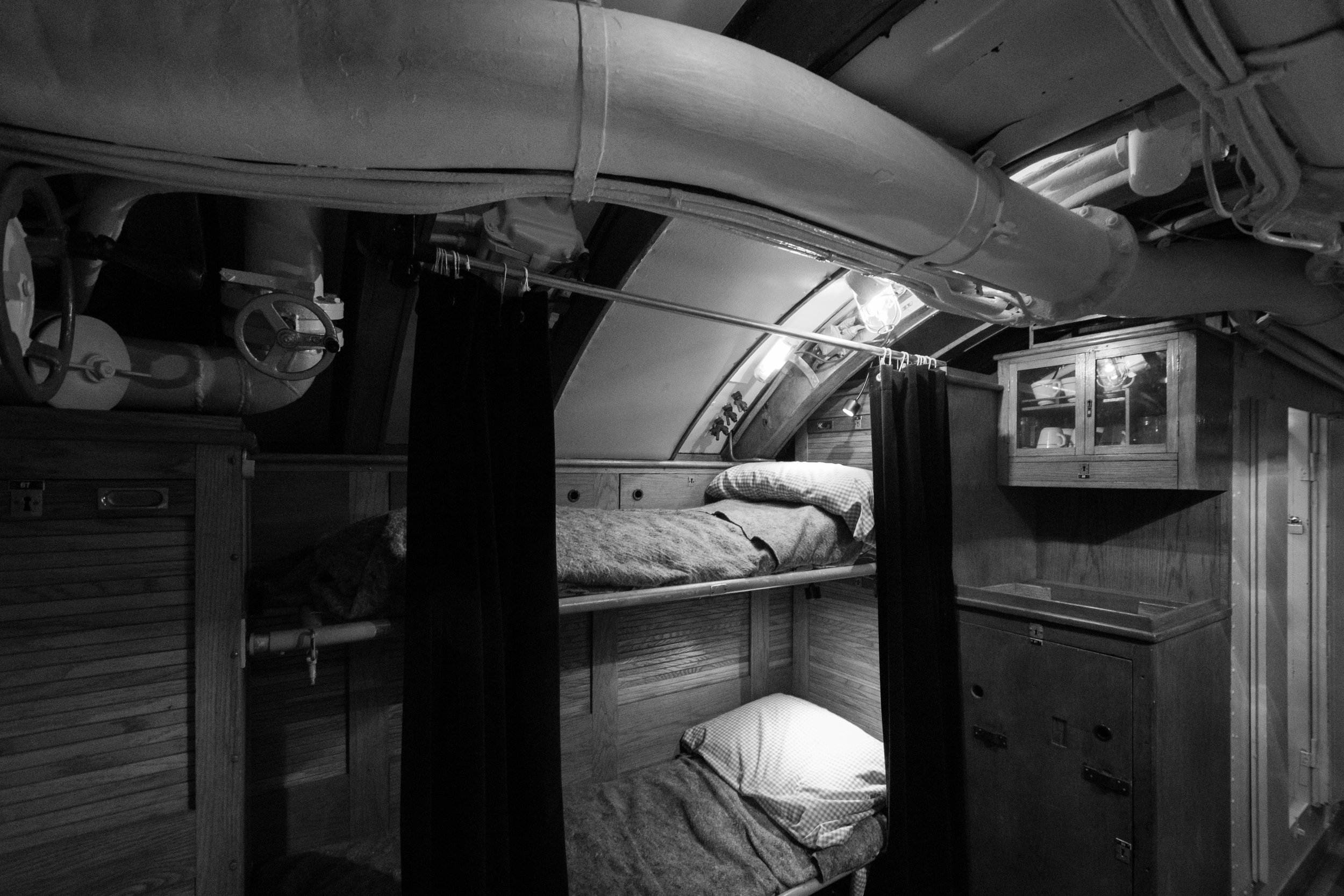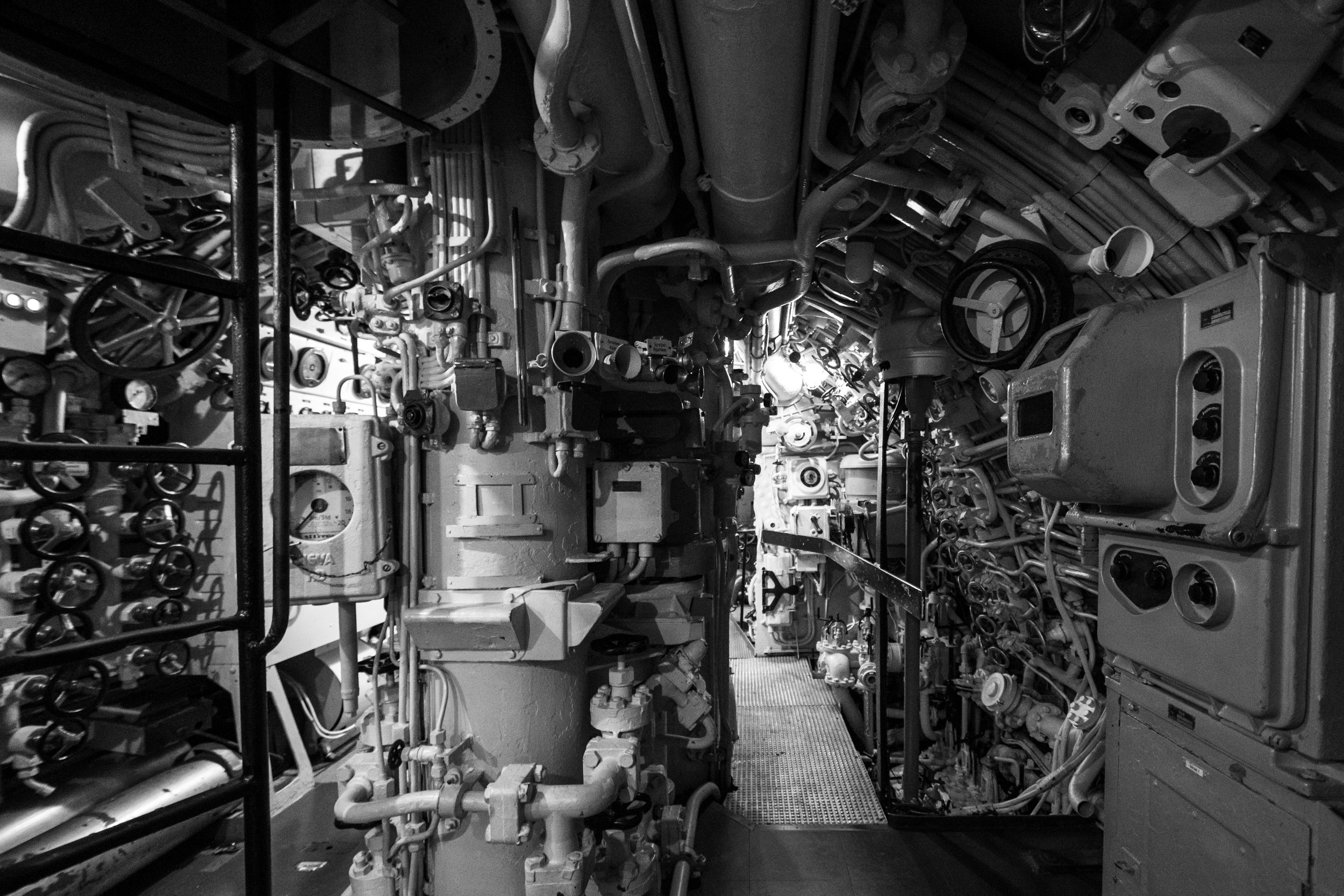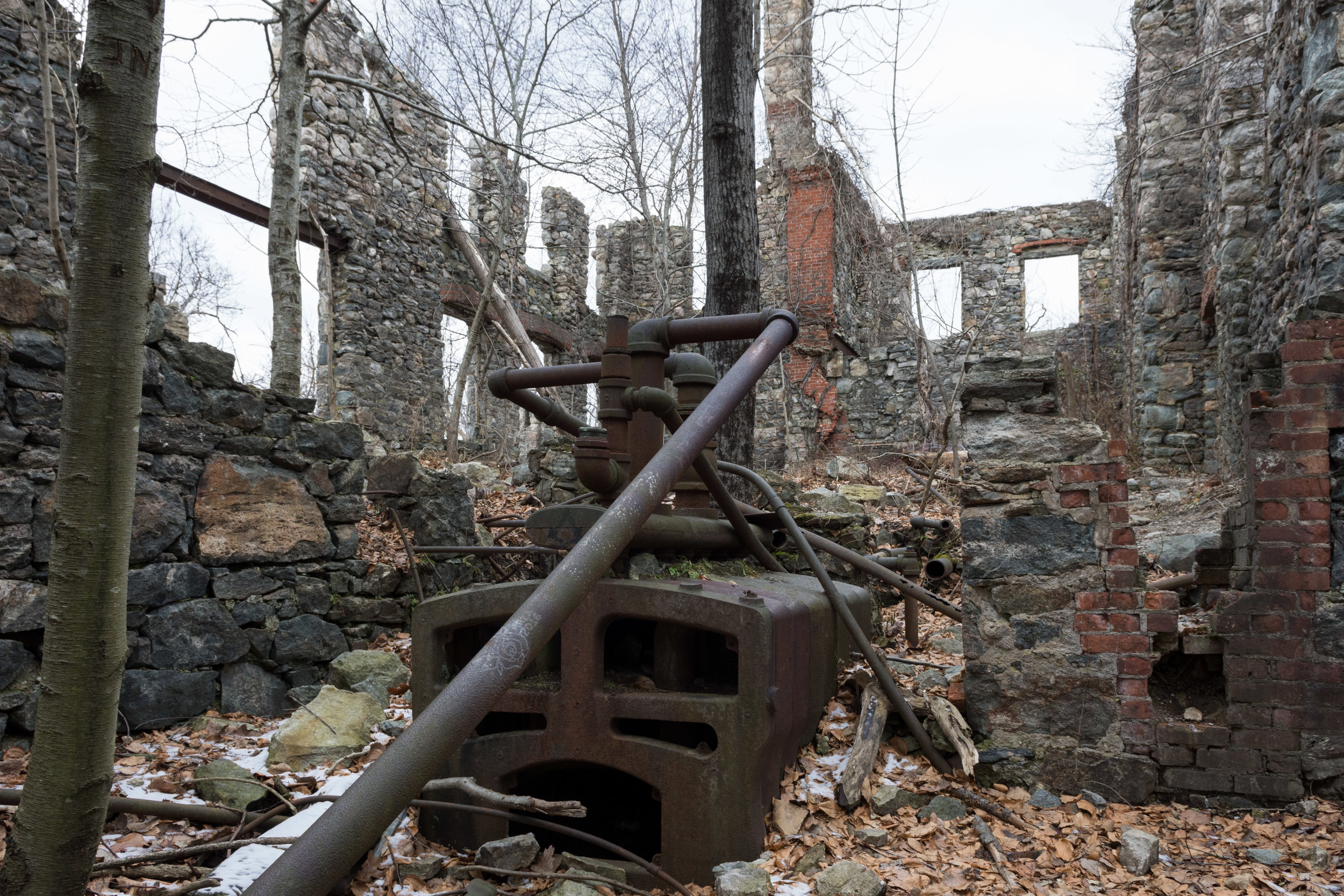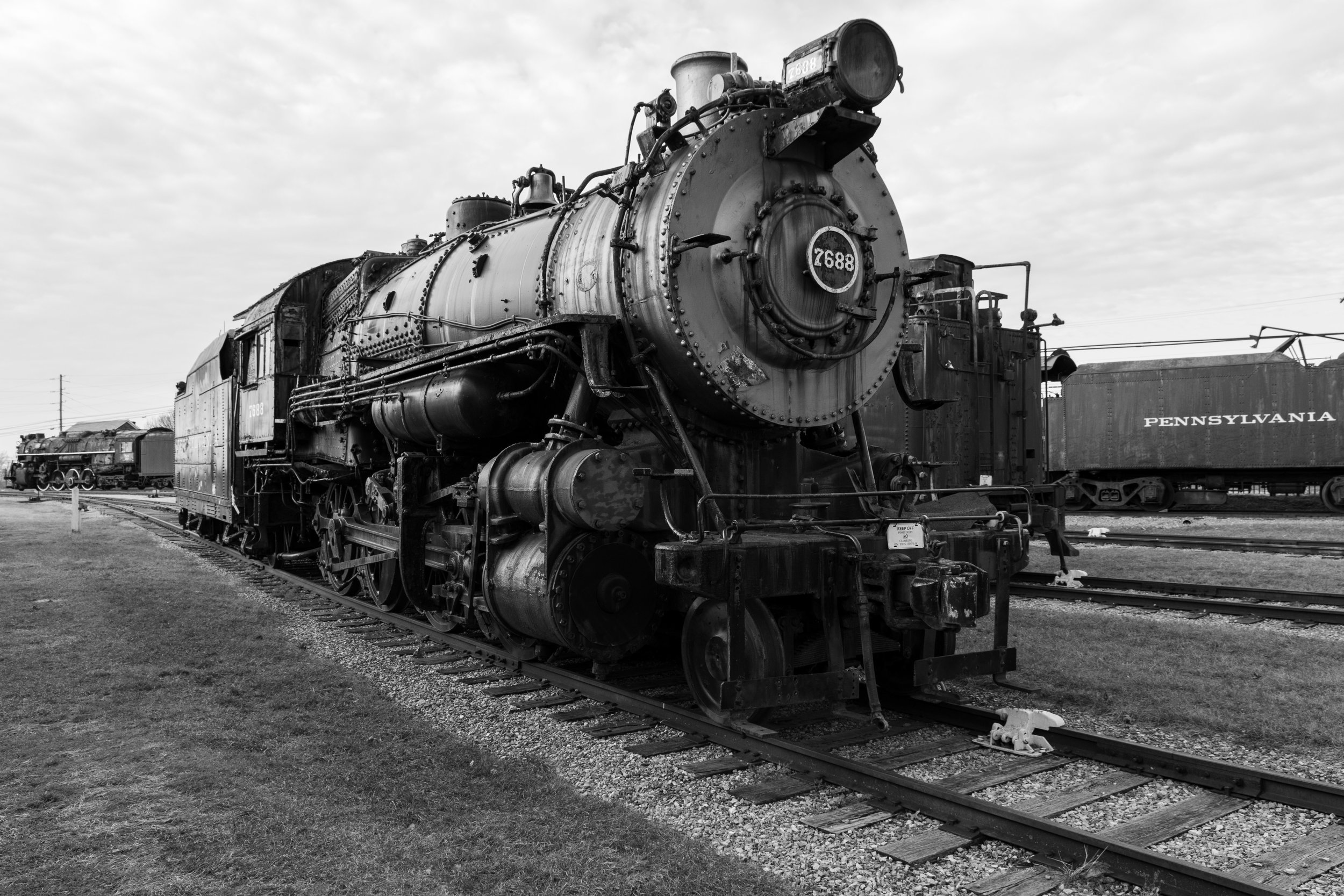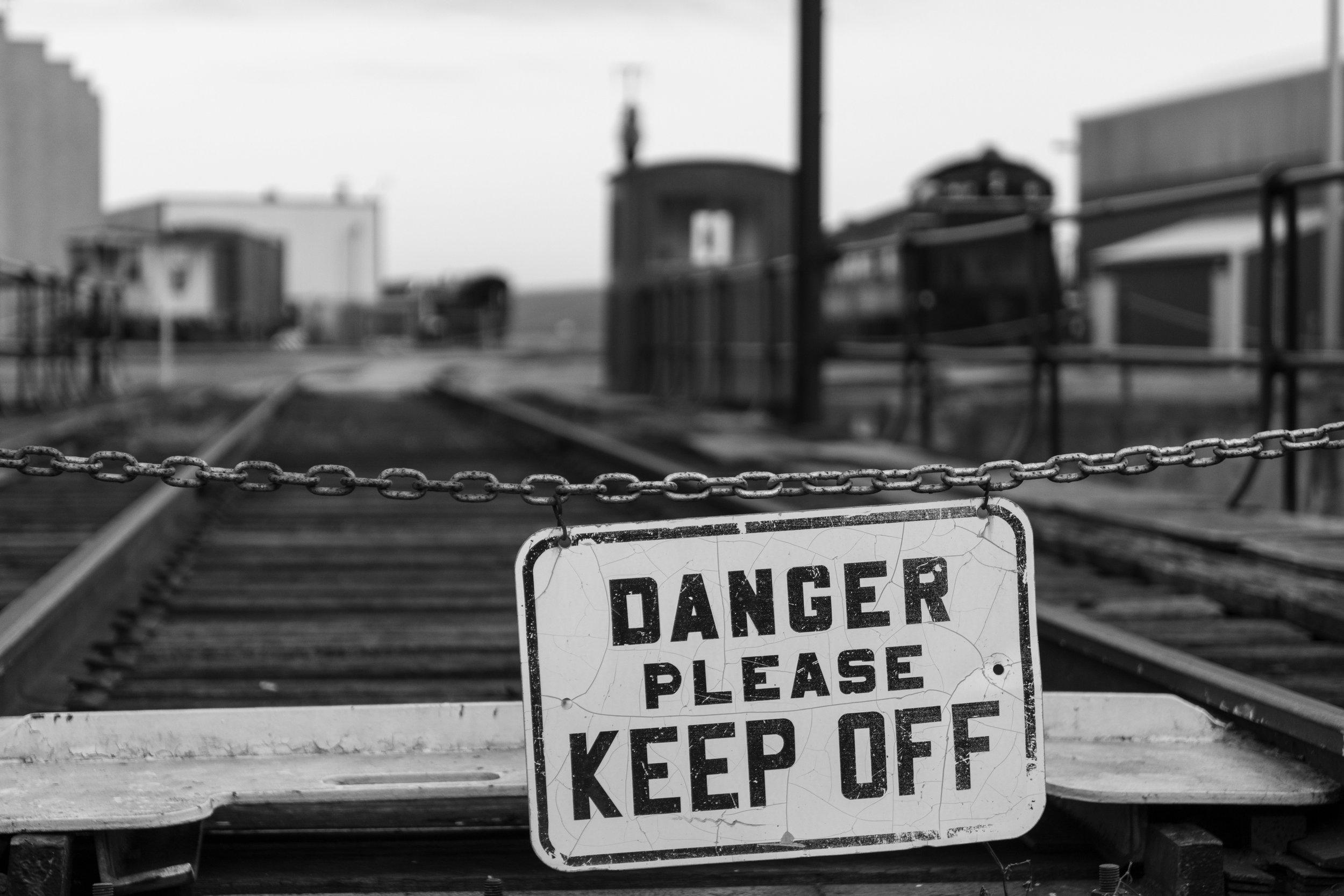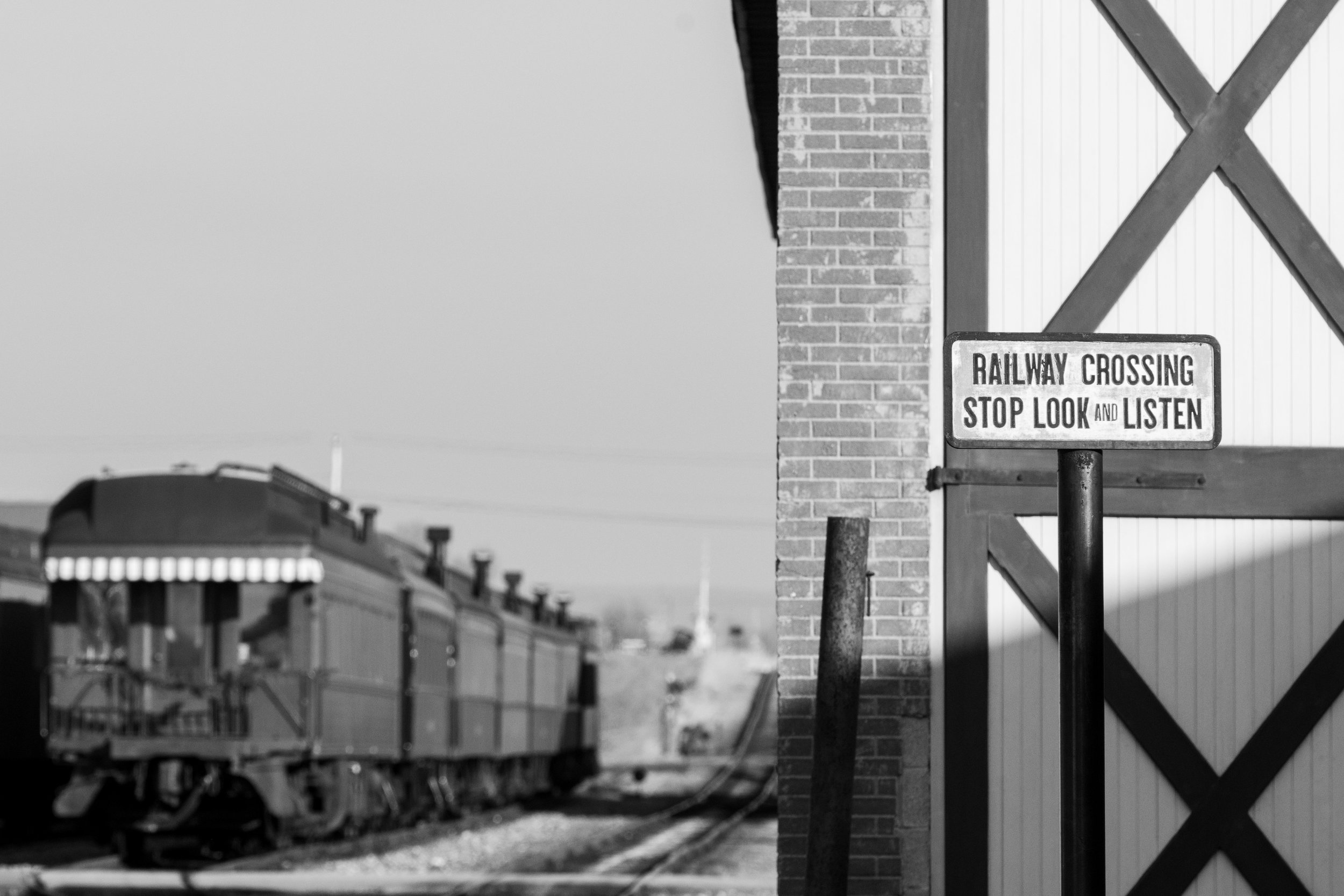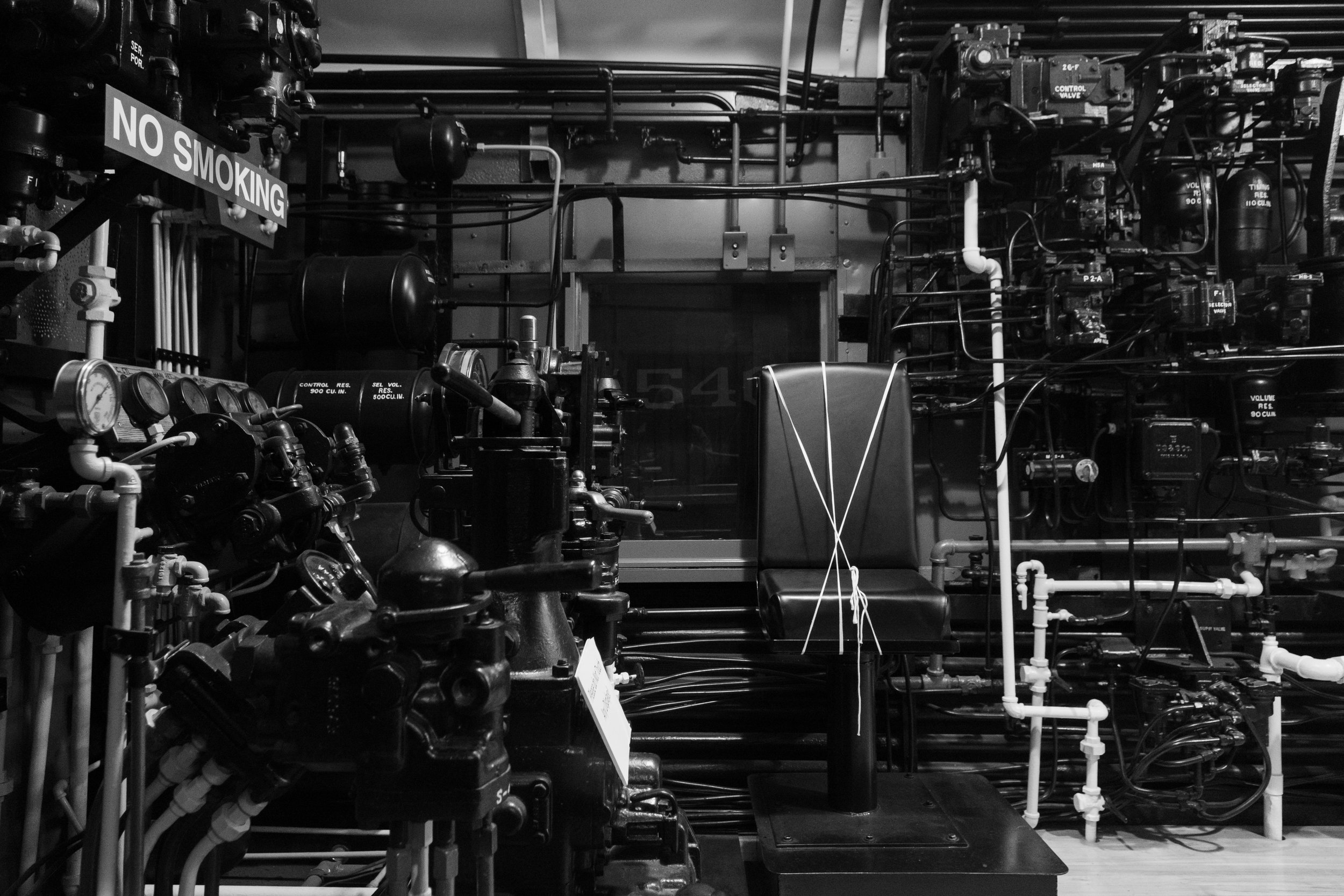As a collector of historical objects, especially WWII era, I couldn’t pass up the opportunity to pick up this Kodak PH-324 on eBay. Despite the camera being billed as “operational” it took a ton of work to get it back in near-perfect order. I was hoping the camera would be accurate out of the box but instead I ended up with a shutter stuck at the fastest setting. I would've just returned the camera but the glass was in perfect condition - something that’s hard to find with an old camera such as this. I was able to completely disassemble the body, clean out the leaf shutter, and refocus the elements so the focus scale was (mostly) accurate by using a piece of ground glass off an old Canon F-1n focusing screen.
The PH-324 was issued throughout WWII to US Army Signal Photographic units as the standard 35mm camera. Included with this camera was an enlarger, photo paper, film, and chemicals needed to develop both in the field. Kodak produced the camera, a standard Kodak 35, in OD green exclusively for the federal government during the war. The camera used a leaf shutter and basic three element design to produce images on either Kodak Mircrofile or Kodak Super-XX film. A +2 Portra lens was included for copying documents with the accompanying stand in Photographic Set PH-261. The viewfinder and lens are decoupled so you can only get a general idea of what the final picture will look like. The images in this post are from the test roll after I completed the restoration.


